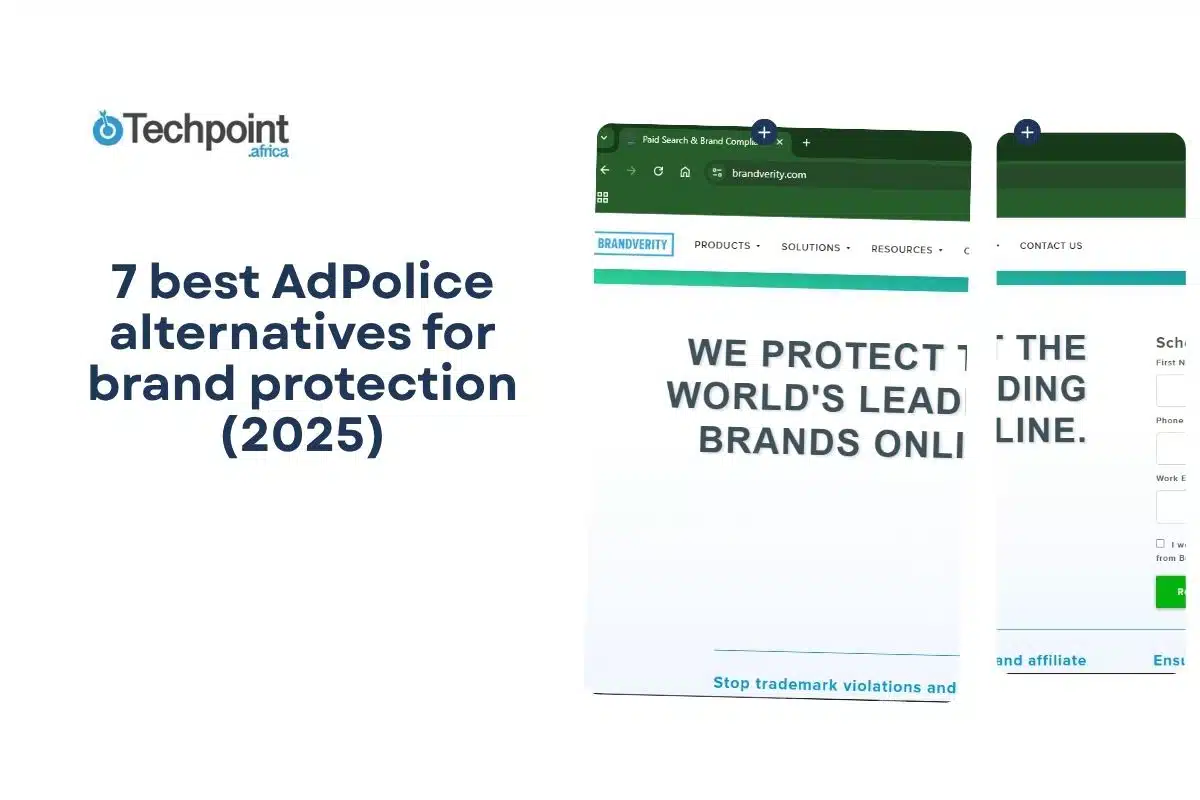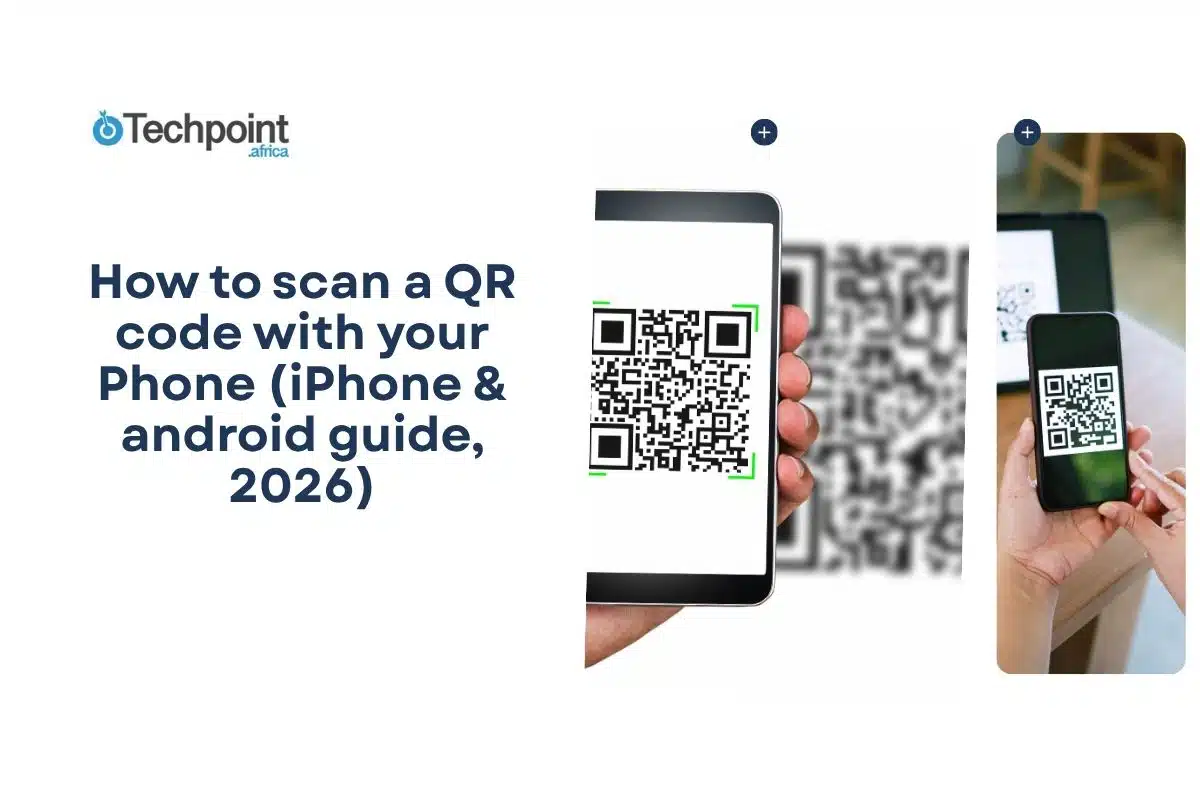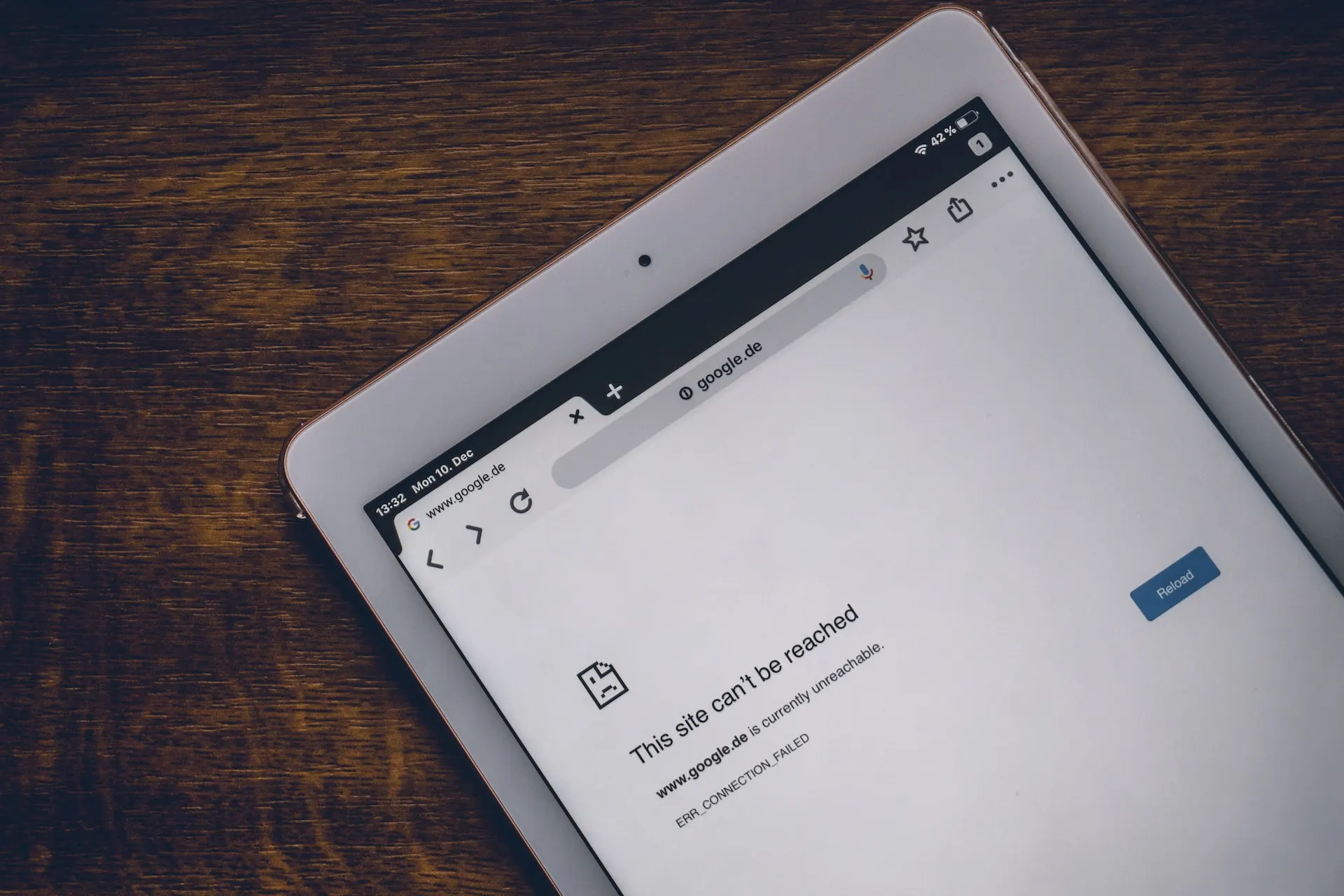
Ever left WhatsApp open on a friend’s phone or a public computer and wondered if your messages are safe? Unlike other apps, WhatsApp doesn’t have a traditional logout button, which can leave your account exposed if you’re not careful. Knowing the right ways to log out keeps your conversations private and ensures your account is secure.
In this guide, you will learn:
- How to log out of WhatsApp on iPhone and Android devices.
- How to safely disconnect from WhatsApp Web, including remote logout options.
- How to manage logout procedures for WhatsApp Business accounts.
- Best practices and troubleshooting tips to keep your account secure.
Quick-Glance: WhatsApp Logout Methods Overview
| Device/Platform | Method | Time Required | Security |
| iPhone/Android App | Account deletion only | 3 minutes | High |
| WhatsApp Web | Session logout | 20 seconds | Medium |
| WhatsApp Business | Multiple options | 1-3 minutes | High |
| All devices | Remote logout | 2 minutes | Highest |
Understanding WhatsApp Logout vs. Other Actions
If you’ve ever looked for a “Log Out” button on WhatsApp’s mobile app, you’ve probably noticed it doesn’t exist. Unlike most messaging platforms, WhatsApp handles account access differently, prioritizing continuous connectivity and encrypted message delivery. This design can be confusing, but it’s important to understand how logging out differs from other actions.
Logging Out vs. Deactivating vs. Deleting
- Logging out temporarily disconnects your account from a device or session without deleting your messages. On WhatsApp mobile, this isn’t a one-step option; it usually involves uninstalling the app or clearing data. On WhatsApp Web, logging out is straightforward.
- Deactivating isn’t officially supported; the closest option is deleting your account temporarily or permanently, which removes all your account data after 30 days.
- Deleting your account is permanent and erases message history, backups, and group memberships.
When to Log Out
Logging out makes sense if you’re switching phones, using a shared or public device, or suspect unauthorized access. Unlike account deletion, it doesn’t affect your message backups or chat history stored on the cloud. Understanding these differences ensures you choose the right action for your security needs, avoiding accidental data loss while keeping your account safe.
How to Log Out of the WhatsApp Mobile App
Logging out of WhatsApp on mobile isn’t as straightforward as other apps, but there are reliable methods to achieve the same result. Depending on your device, iPhone or Android, you can use different approaches to ensure your account is disconnected safely.
For iPhone Users
Method 1: Delete and Reinstall the App
Since WhatsApp doesn’t provide a traditional logout, deleting the app effectively disconnects your account from the device:
- Press and hold the WhatsApp icon on your home screen.
- Tap Remove App → Delete App.
- Confirm the deletion.
- Reinstall WhatsApp from the App Store when you need to log back in.
This method temporarily removes access from your device without affecting your cloud backups. It’s ideal if you’re switching devices or need a fresh start.
Method 2: Account Deactivation (Temporary)
iPhone and android users can also remove their account, but keep in mind this is a more permanent step:

- Open WhatsApp → Settings → Account.
- Tap Delete Account.

- Enter your phone number and confirm by tapping Delete Account.
Note: WhatsApp schedules permanent deletion after 30 days. During this period, you can recover your account by logging back in. Use this method only if a temporary logout isn’t enough.
For Android Users
Method 1: Clear App Data
Android devices allow you to clear app data to achieve a logout-like effect:
- Go to Settings → Apps → WhatsApp.

- Tap Storage → Clear Data.

- Confirm the action.
When you reopen WhatsApp, the app will prompt you to set up your account again, just like logging in for the first time. All cloud backups remain safe.
Method 2: Uninstall the App
Uninstalling is the simplest way to disconnect:
- Long-press the WhatsApp icon.
- Drag it to Uninstall or select the uninstall option.
- Confirm removal.
- Reinstall from the Play Store when needed.
This approach is fast and effective, especially when switching devices or troubleshooting persistent login issues.
How to Log Out of WhatsApp Web
WhatsApp Web makes accessing your messages from a browser easy, but it also introduces security risks if you forget to log out, especially on shared or public devices. Fortunately, WhatsApp offers both standard and remote logout options to protect your account.
Standard Web Logout
Logging out from the browser is quick and straightforward:

- Open WhatsApp Web in your browser.
- Click the three dots menu (⋮) in the top-left corner of the chat list.
- Select Log out from the dropdown menu.
- Confirm the logout if prompted.
Once logged out, the browser will return to the QR code screen, preventing anyone else from accessing your chats. Always use this method when finishing a session on a shared computer.
Remote Logout from Mobile
If you forget to log out or suspect unauthorized access, you can disconnect sessions remotely from your phone:
- Open WhatsApp on your mobile device.
- Go to Settings → Linked Devices.

- View all active WhatsApp Web sessions.
- Tap a specific session and select Log Out to disconnect that device.

- For complete security, choose Log Out of All Devices to terminate every session.
This feature is particularly useful if you’ve used a public computer or if your laptop or desktop is lost or stolen. Remote logout ensures no one can continue accessing your messages without your knowledge.
By combining standard and remote logout methods, you can maintain control over your WhatsApp Web sessions, protect your chats from unauthorized access, and ensure your account remains secure across all devices.
WhatsApp Business logout methods
WhatsApp Business accounts often involve multiple devices and additional features, making logout procedures slightly different from regular accounts. Managing access correctly is crucial to protecting business data and client communications.
Logging out on mobile devices
Similar to regular WhatsApp, Business users can log out by uninstalling the app or clearing app data. This effectively disconnects the account from that device without affecting message history or cloud backups. Always ensure any important business contacts, messages, or media are backed up before doing so.
Managing multiple devices
Business accounts are frequently linked across multiple devices, including tablets and secondary phones. Use Settings → Linked Devices to view active sessions. You can log out of individual devices or choose Log Out of All Devices for complete security. This is particularly important if devices are shared among employees or if a device is lost or compromised.
WhatsApp Business API
For companies using the WhatsApp Business API, logout is handled differently, typically via administrative controls on the connected platform. Admins can terminate sessions remotely or revoke access for specific users, ensuring account security without interrupting day-to-day messaging operations.
Security best practices when logging out
Logging out of WhatsApp is only one part of keeping your account secure. Following a few key best practices ensures your messages, contacts, and business data remain protected.
Backup before logging out
Always back up important conversations and media to iCloud (iPhone) or Google Drive (Android) before logging out. For business accounts, save critical contacts and any messages requiring follow-up. This prevents accidental data loss during app uninstallation or clearing data.
Shared or Public Devices
When using public or shared computers, log out immediately after your session. Clear browser cache and cookies, or use incognito/private mode to prevent session data from being stored. Never save login credentials on a shared device.
Post-logout verification
After logging out, check your account from your mobile device:
- Open Settings → Linked Devices to confirm no active sessions remain.
- If using a public device, consider clearing any residual data.
- Re-enable notifications on your personal devices to continue receiving messages without interruption.
Additional tips
- Note any pending group admin responsibilities so no actions are missed while logged out.
- Monitor your account for unusual activity, such as unexpected login attempts.
- Use two-step verification for added security whenever possible.
Troubleshooting common logout issues
Even when you follow the proper logout methods, a few issues can arise. Understanding common problems and their solutions ensures your WhatsApp account remains secure.
Issue 1: can’t find logout option
On mobile apps, the absence of a traditional logout button can be confusing. The solution is to either uninstall the app, clear app data (on Android), or delete/reinstall (on iPhone). Each method effectively disconnects your account without deleting cloud backups. Choose based on your urgency and device type.
Issue 2: WhatsApp web won’t log out
Sometimes, browser sessions fail to disconnect. Try clearing your browser cache and cookies, then attempt the standard logout again. If the issue persists, use your mobile device to access Settings → Linked Devices and force a logout of the affected session. Check your internet connection, as poor connectivity can interfere with logout commands.
Issue 3: logged out but still receiving notifications
If you continue receiving notifications after logging out, review your device’s notification settings. On mobile, check background app activity permissions. For shared devices, ensure no session remains active under Linked Devices, and consider restarting the device to clear cached notification data.
When and why to log out of WhatsApp – security scenarios
Knowing when to log out of WhatsApp is just as important as knowing how to do so. Certain situations demand immediate action to protect your account and personal information.
- Shared or Public Devices: If you use a friend’s phone, a work computer, or a public terminal, always log out when finished. Leaving your account active can give others access to your chats, media, and contacts.
- Suspected Account Compromise: If you notice unusual activity like unknown messages sent, unexpected notifications, or login attempts from unfamiliar devices, log out immediately.
- Switching Phones or Travel: When moving to a new phone or traveling with work devices, logging out prevents accidental access. This ensures your account is only active on devices you trust.
- Privacy Scenarios: Situations such as lending your phone to family members, using shared tablets, or accessing WhatsApp on public computers require logging out.
Logging out proactively in these scenarios reduces risk, keeps your chats private, and ensures your account remains under your control.
Alternative security measures
Logging out is important, but combining it with other security measures strengthens your WhatsApp protection.
- Use WhatsApp’s Screen Lock Feature: Enable fingerprint, face recognition, or PIN-based screen lock. Even if someone accesses your phone, your chats remain private.
- Manage Linked Devices: Regularly review Settings → Linked Devices. Remove any unfamiliar or inactive sessions. This ensures only trusted devices remain connected.
- Set Up Two-Step Verification: Two-step verification adds a PIN requirement when registering your phone number with WhatsApp. It’s an extra layer of protection against unauthorized logins.
- Perform Regular Security Audits: Check your account for unusual activity, including unknown login attempts or multiple active sessions. Logging out remotely from unused devices and monitoring access keeps your account secure.
By combining logout procedures with these alternative security measures, you significantly reduce the risk of unauthorized access and keep your messages, contacts, and business data protected.
Key Takeaways
- WhatsApp mobile apps don’t have a traditional logout button; uninstalling or clearing app data effectively disconnects your account.
- WhatsApp Web offers standard logout and remote logout options to secure sessions on shared or public computers.
- Business accounts require extra attention: manage multiple devices and consider administrative controls for API users.
- Always back up important messages and media, check linked devices, and enable two-step verification for maximum security.
- Regularly monitor sessions and proactively log out in shared, public, or travel scenarios to prevent unauthorized access.
Final thoughts
Properly logging out of WhatsApp protects your messages, contacts, and sensitive business information. Whether on mobile, WhatsApp Web, or Business accounts, following the correct logout procedures ensures your account remains secure. Combine these steps with backups, two-step verification, and session monitoring for comprehensive protection. Take a few minutes today to review your active sessions and apply these practices to keep your WhatsApp experience safe and worry-free.
More to read:
What to do if your WhatsApp account is hacked: step-by-step recovery guide
Can’t remove Meta AI from WhatsApp? Here’s how I blocked it
I tested Meta AI on WhatsApp (2025): how it works & how to use it











